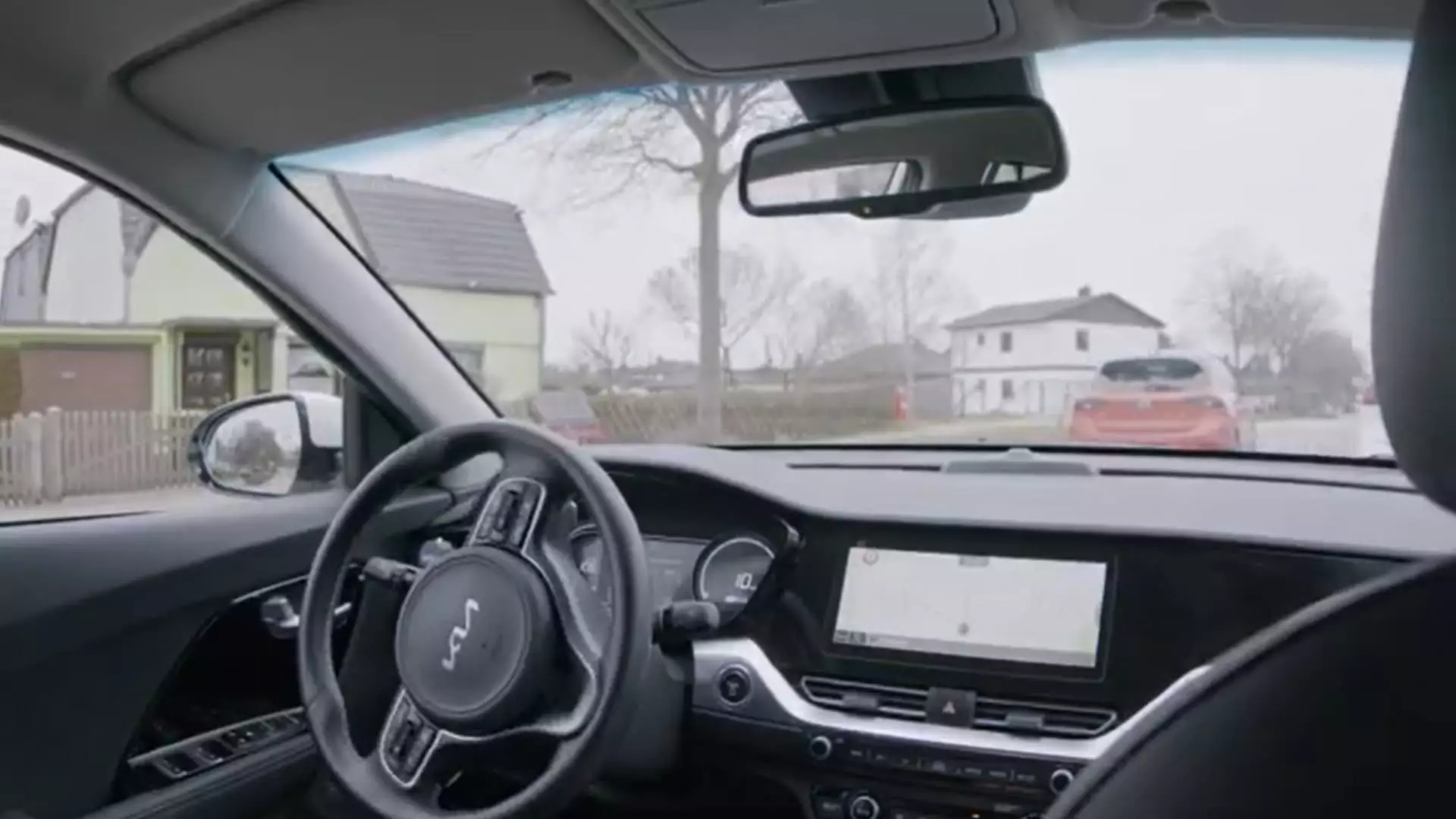German startup Vay has made its highly anticipated entry into the U.S. market with its pioneering “teledriving” solution. This move places Vay in direct competition with well-established American players in the mobility technology space. Despite the significant funding it has received, Vay faces the challenge of establishing itself in a highly competitive market dominated by richly funded firms. With ties to prominent investors such as Kinnevik, Coatue, and Eurazeo, Vay has made a strategic debut in Nevada, Las Vegas, where its new service is now live.
Vay’s teledriving service offers a unique twist on the concept of driverless cars. Unlike traditional self-driving vehicles, which rely on autonomous systems, Vay connects users with qualified drivers operating remotely. The process begins with users ordering a car through the Vay app, after which a qualified driver delivers the vehicle directly to the user. Once the user completes their journey, they can choose to hand over control to a trained “teledriver,” who remotely parks the car in a designated parking space. Vay’s emphasis on human involvement aims to address the challenges faced by other companies in the robotaxis industry.
Vay places a strong emphasis on safety and claims to have developed its teledrive technology in compliance with applicable safety regulations. Before being deemed suitable to join Vay’s network as a teledriver, individuals must undergo rigorous testing and evaluations. This thorough screening process ensures that drivers possess the necessary skills and decision-making abilities to handle complex maneuvers, emergency situations, and road works. Additionally, Vay has worked closely with regulatory authorities on both sides of the Atlantic, securing their approval before implementing its technology.
Vay’s CEO and co-founder, Thomas von der Ohe, believes that the company’s teledriving approach offers a more effective alternative to robotaxis. The robotaxi industry faced a challenging year in 2023, with major player General Motors significantly reducing spending on its self-driving unit, Cruise, following several accidents involving its robotaxis. Von der Ohe stated that operating a robotaxi service is highly complex, with only a few companies achieving success in this space. He commended Waymo as an exception, highlighting their achievement in deploying autonomous fleets effectively. Moreover, von der Ohe criticized the high operational and capital expenditure costs associated with robotaxis, emphasizing that Vay’s model offers a cost-effective solution.
With its groundbreaking teledriving service, Vay aims to gain traction as demand for alternative mobility options continues to grow. While Vay is currently smaller in scale compared to industry giant Tesla, the company believes that its unique approach to driverless cars will appeal to a wide range of customers. By combining human drivers with remote control capabilities, Vay offers an innovative solution that prioritizes safety and affordability. Von der Ohe expressed confidence in Vay’s service, emphasizing that it represents a distinctive alternative, rather than a direct competitor, to existing players in the ride-hailing and autonomous vehicle sectors.
Vay’s entry into the U.S. market marks a significant milestone for the company and the mobility technology industry as a whole. By introducing the concept of teledriving, Vay offers a fresh perspective on the future of autonomous vehicles. With its commitment to safety, compliance with regulations, and cost-effectiveness, Vay has the potential to revolutionize the way people perceive and utilize driverless cars. As the demand for innovative mobility solutions continues to rise, Vay’s unique approach positions it as a player to watch in the evolving landscape of the transportation industry.


Leave a Reply